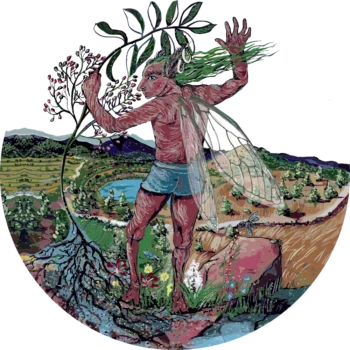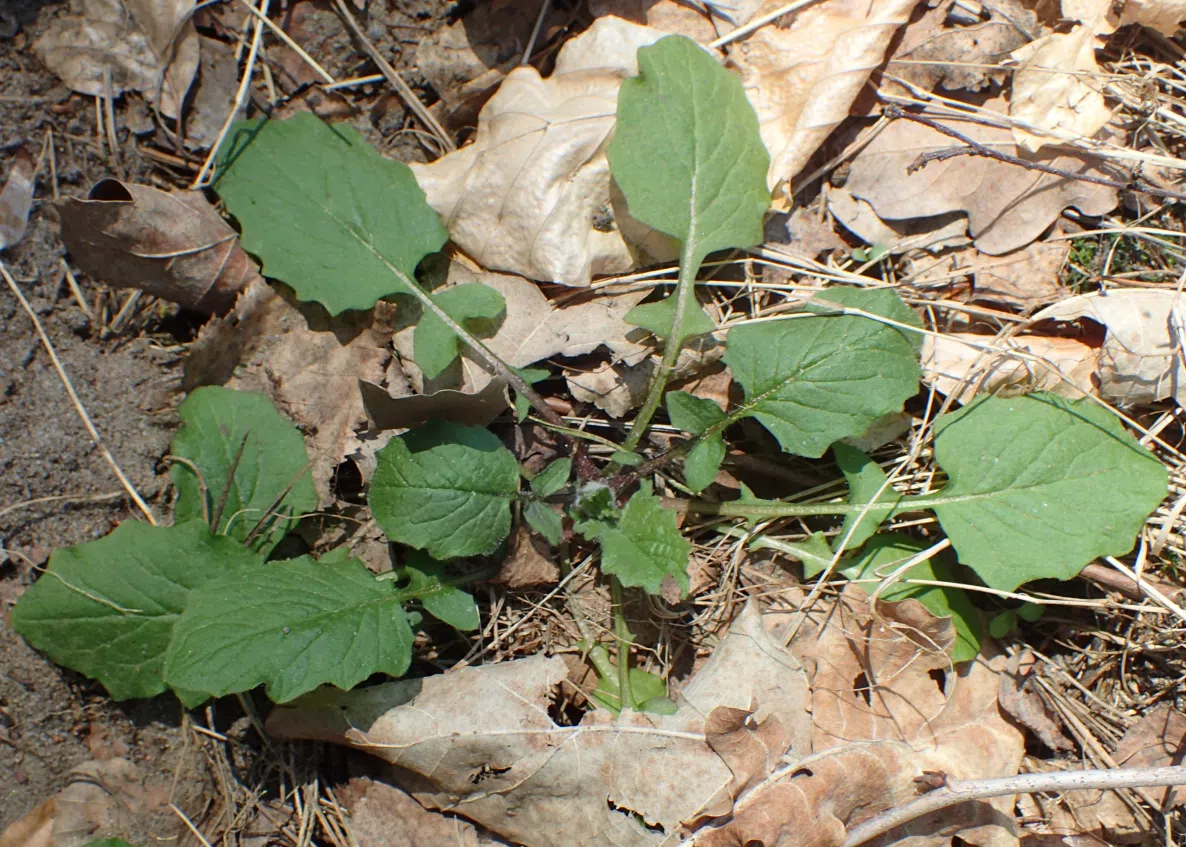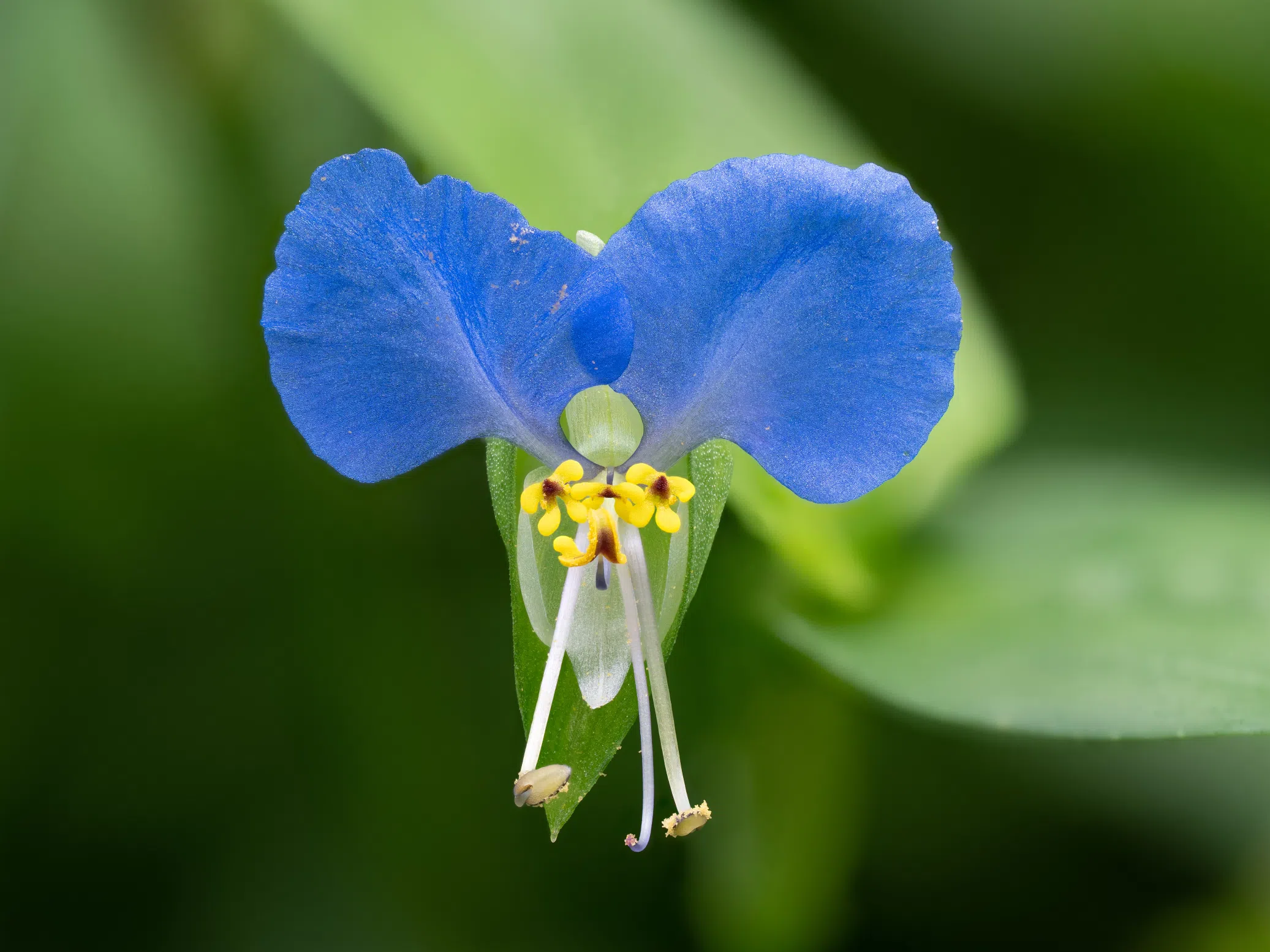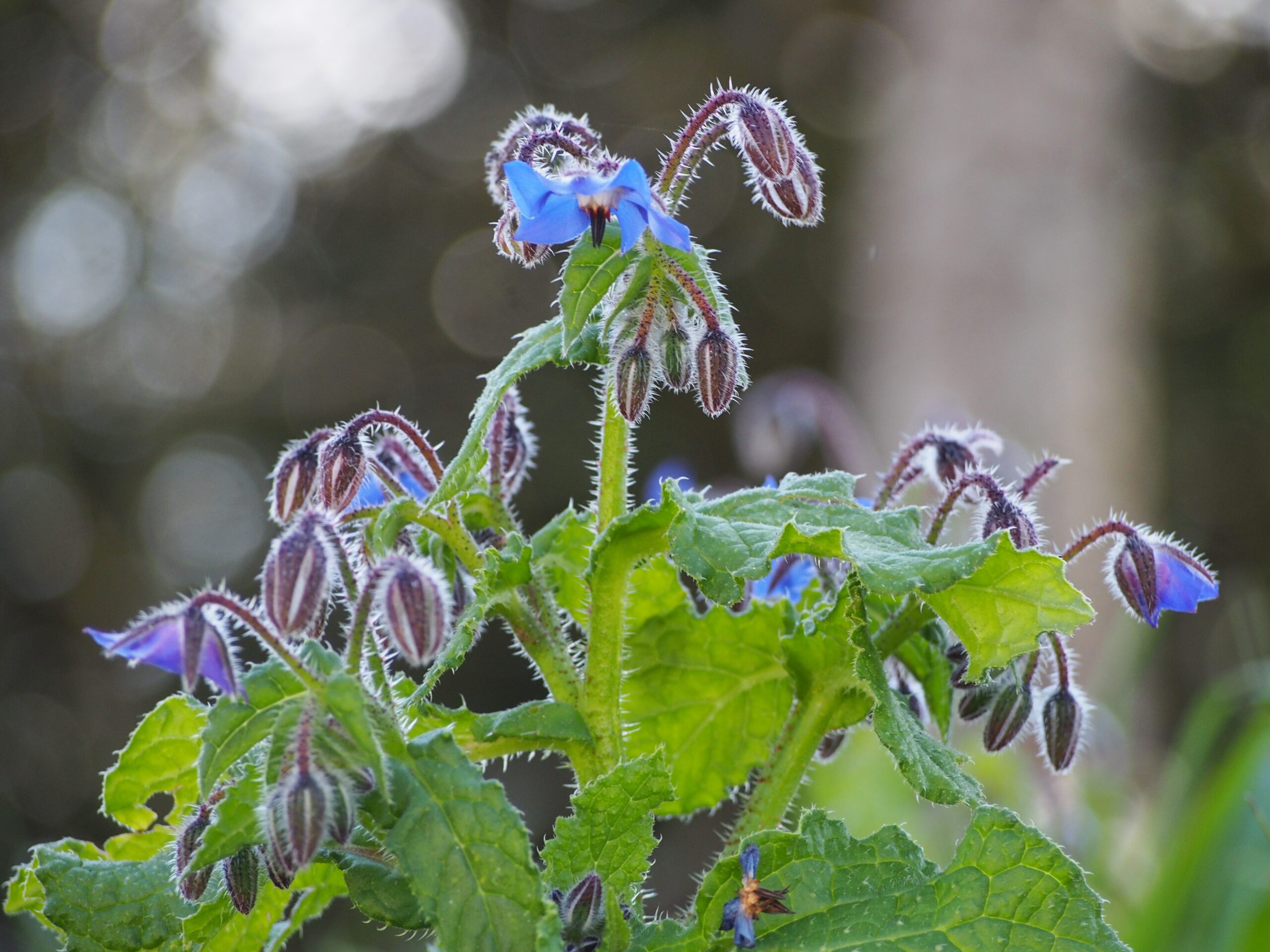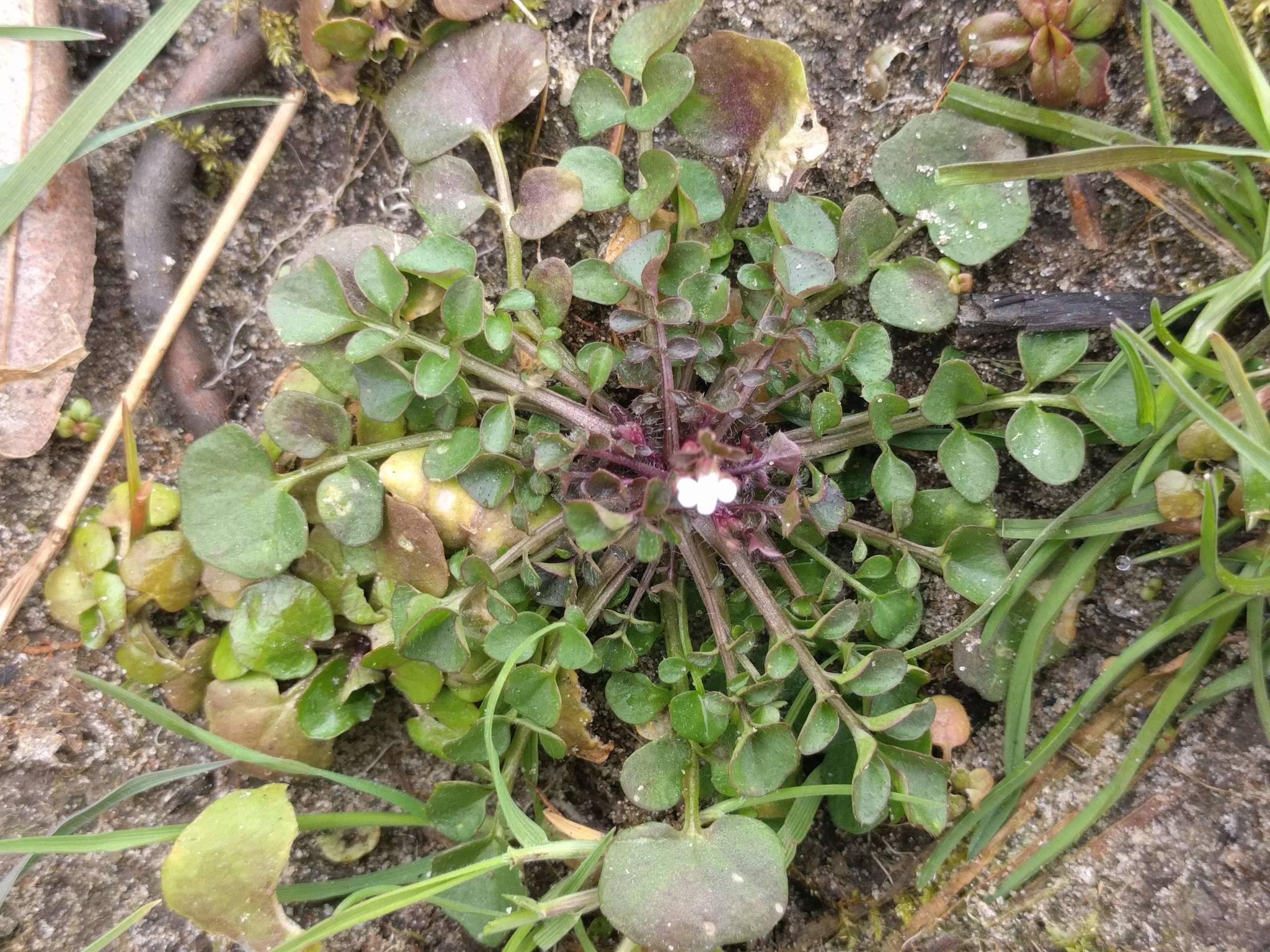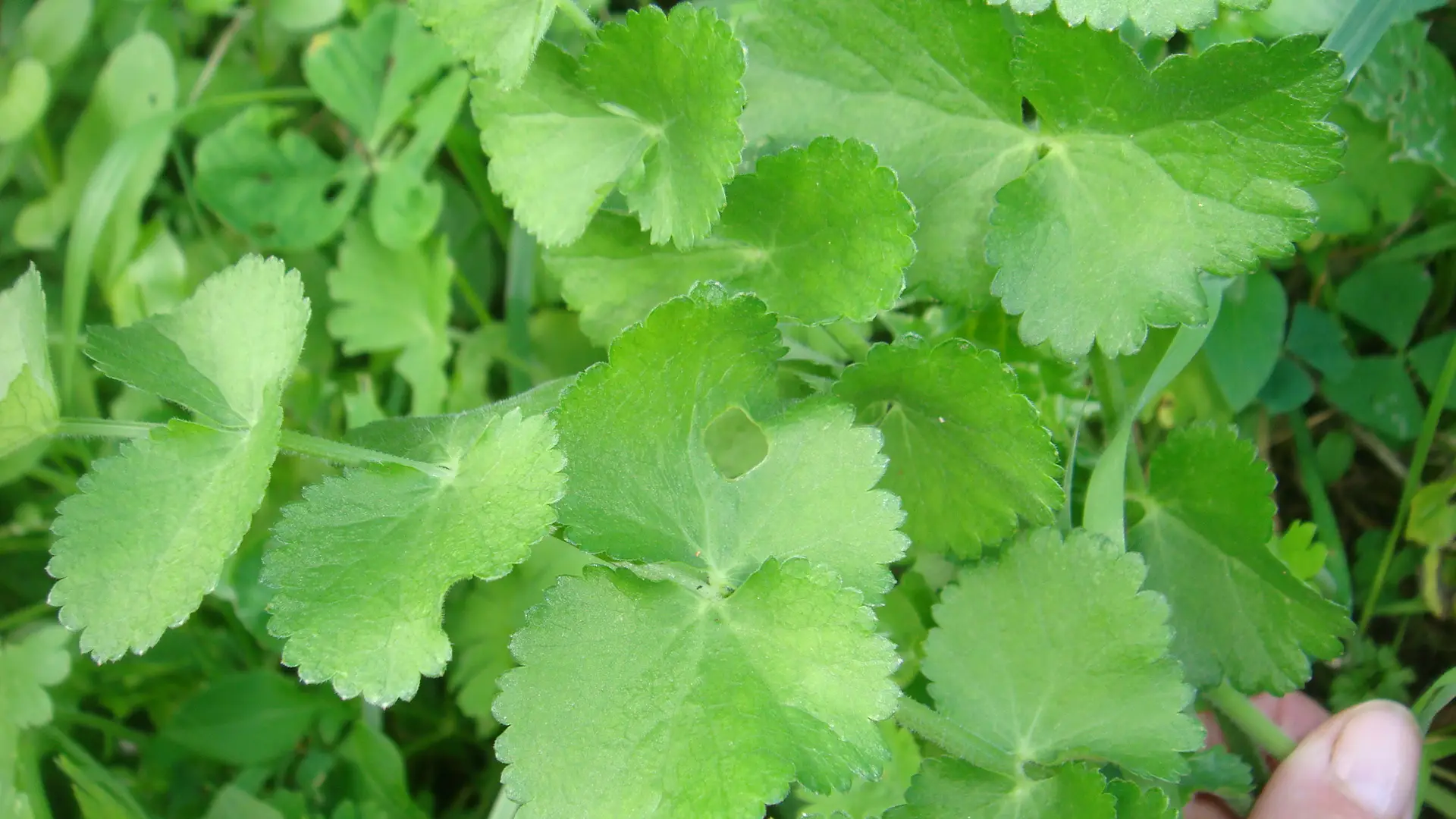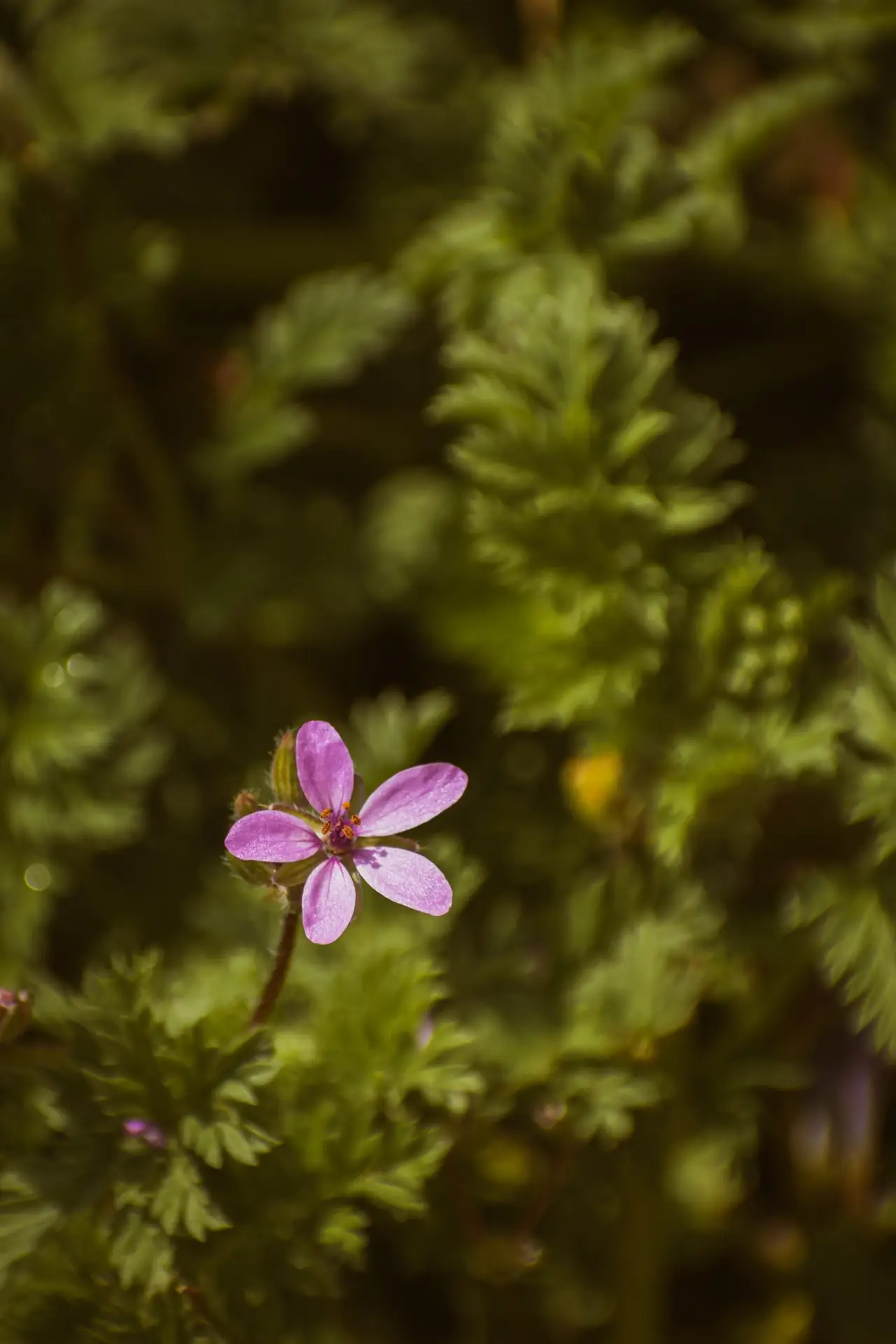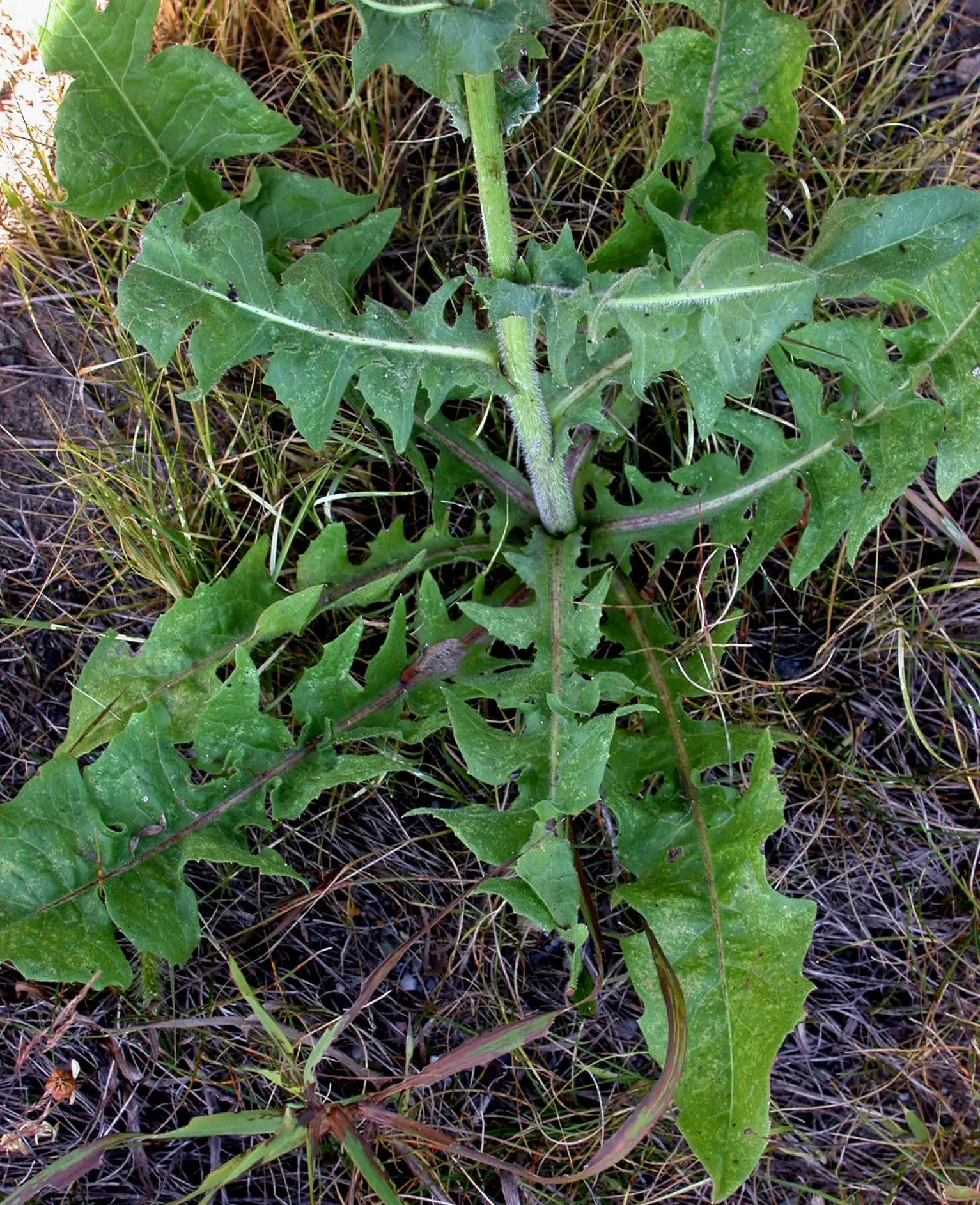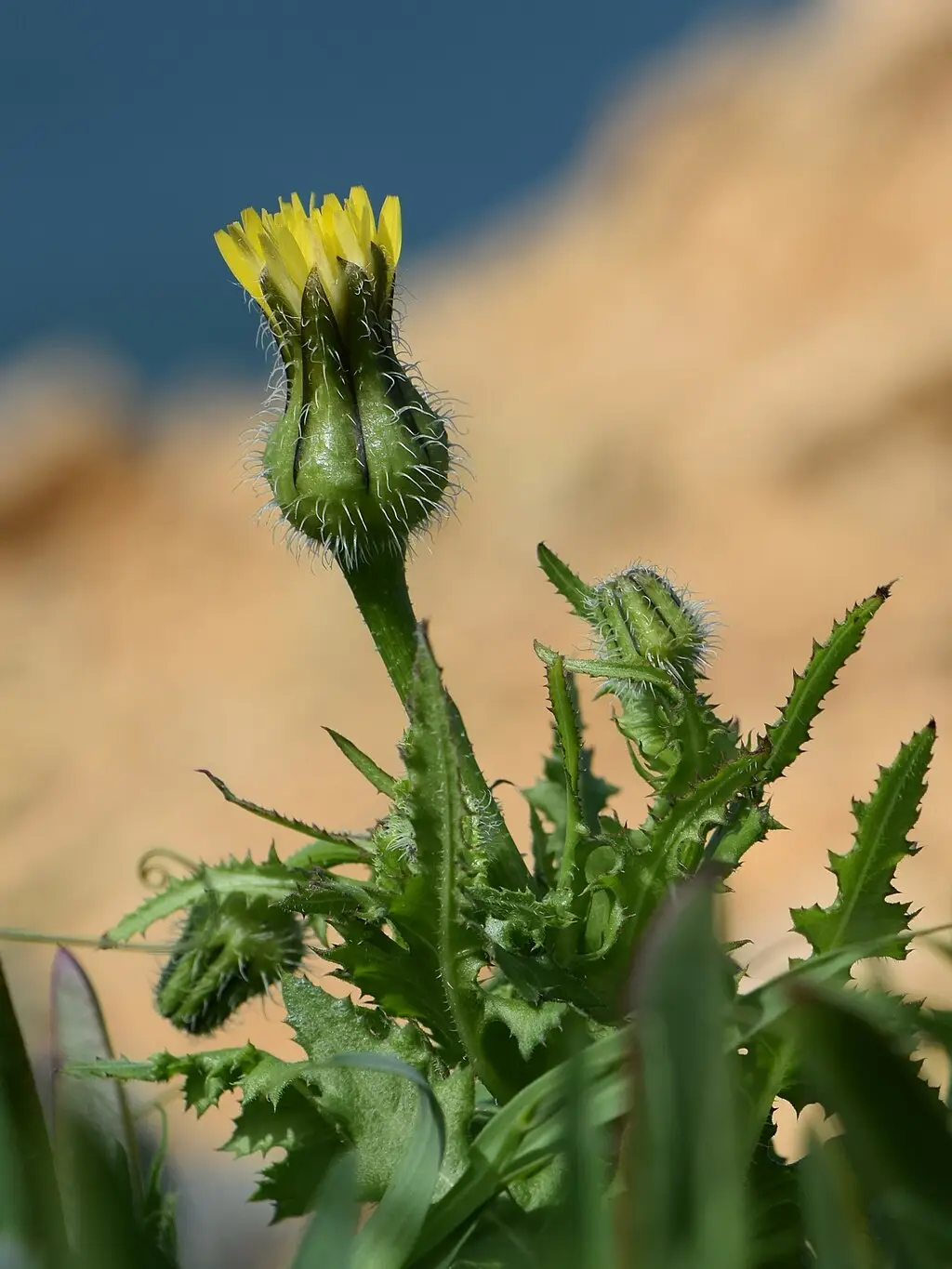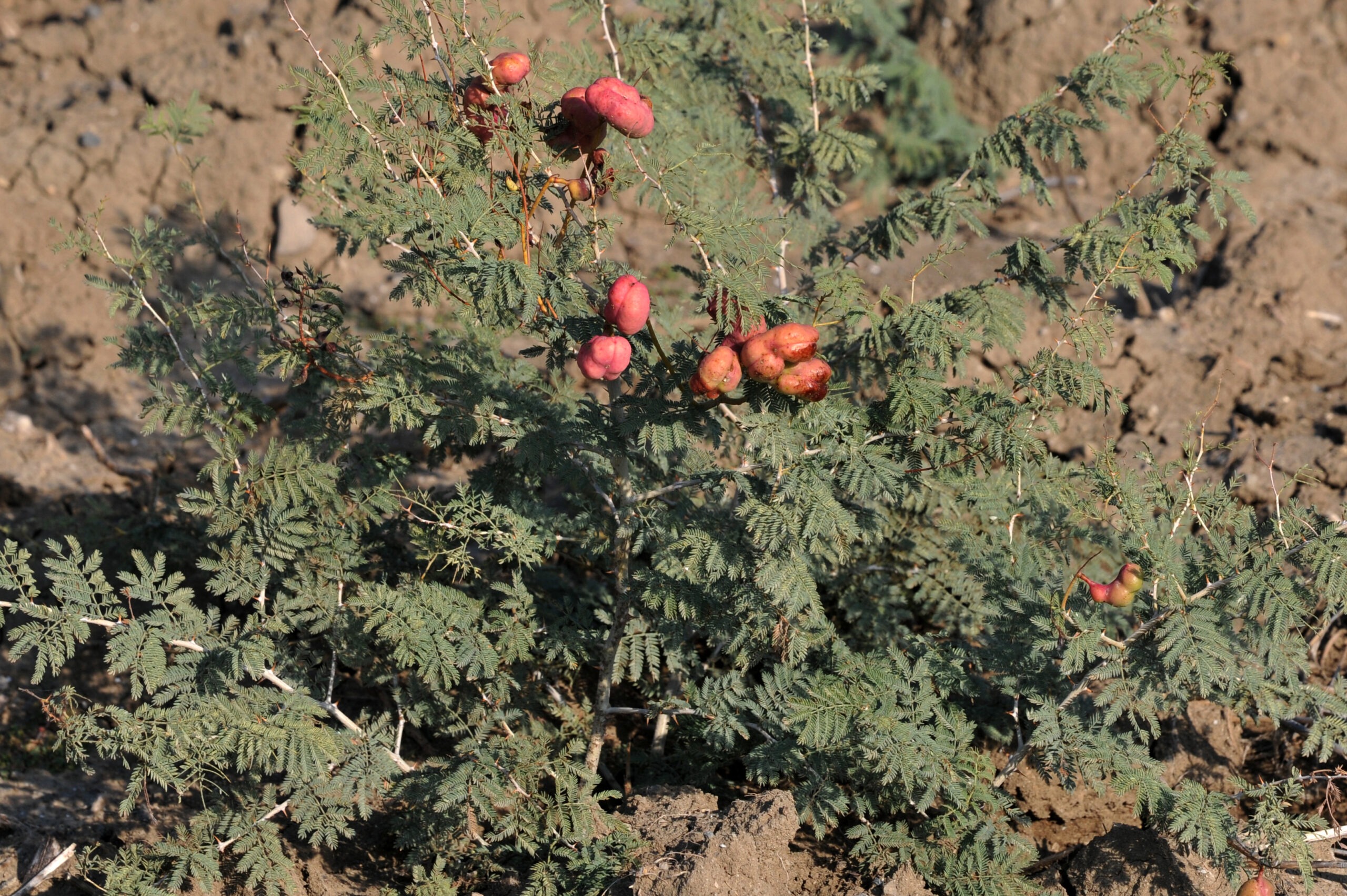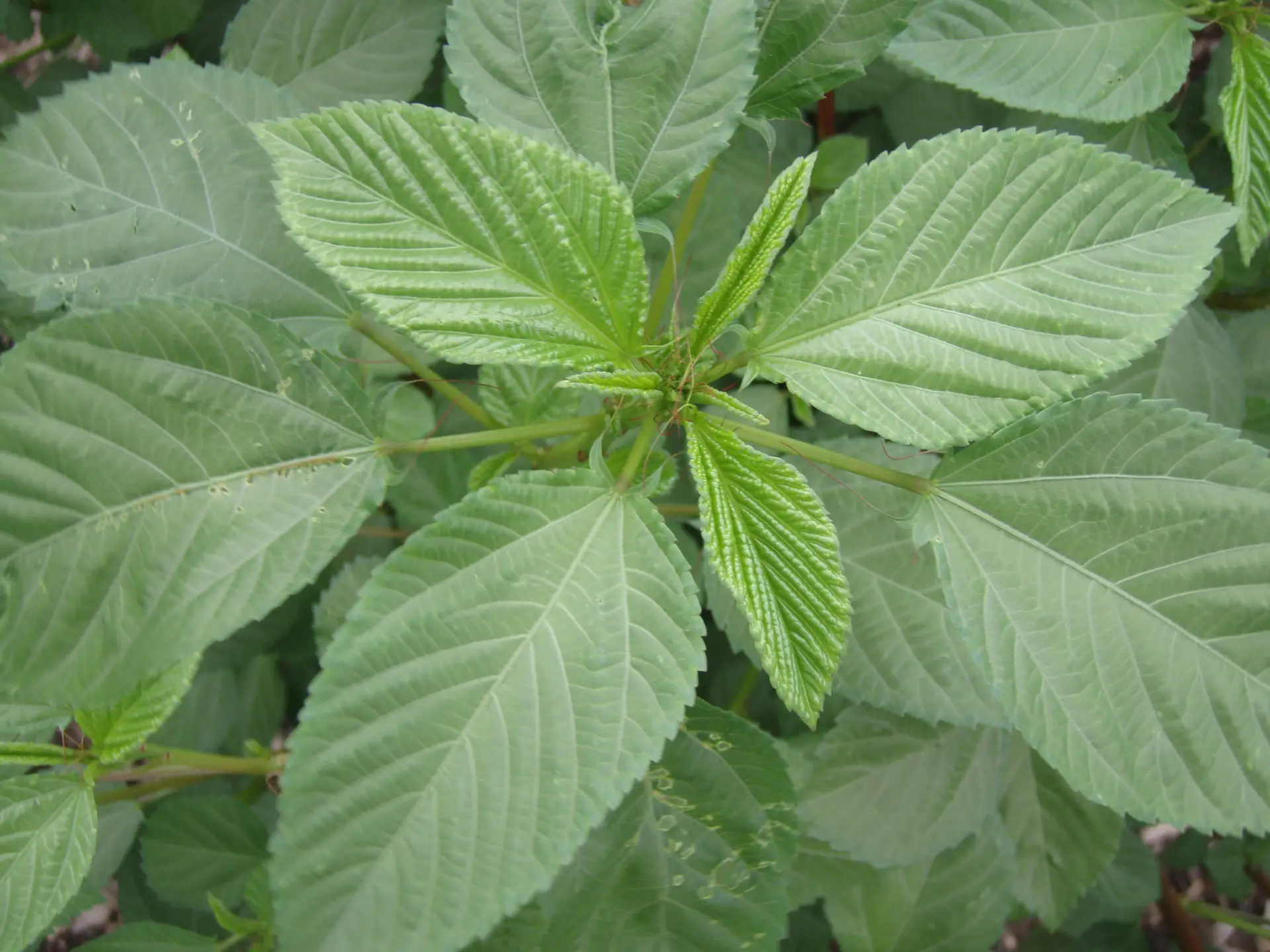What is foraging?
Why isn’t there a word in Greek or in Turkish? “Μαζεύω άγρια χόρτα” the Greek for “gathering wild greens” is appropriate since it’s the gathering from ‘hunter gatherer’.
To harvest is to gather cultivated crops – To forage is to gather from the wild.
Wild One Cyprus will help you identify edible wild plants and fungi, knowledge on how to prepare them and some recipes.
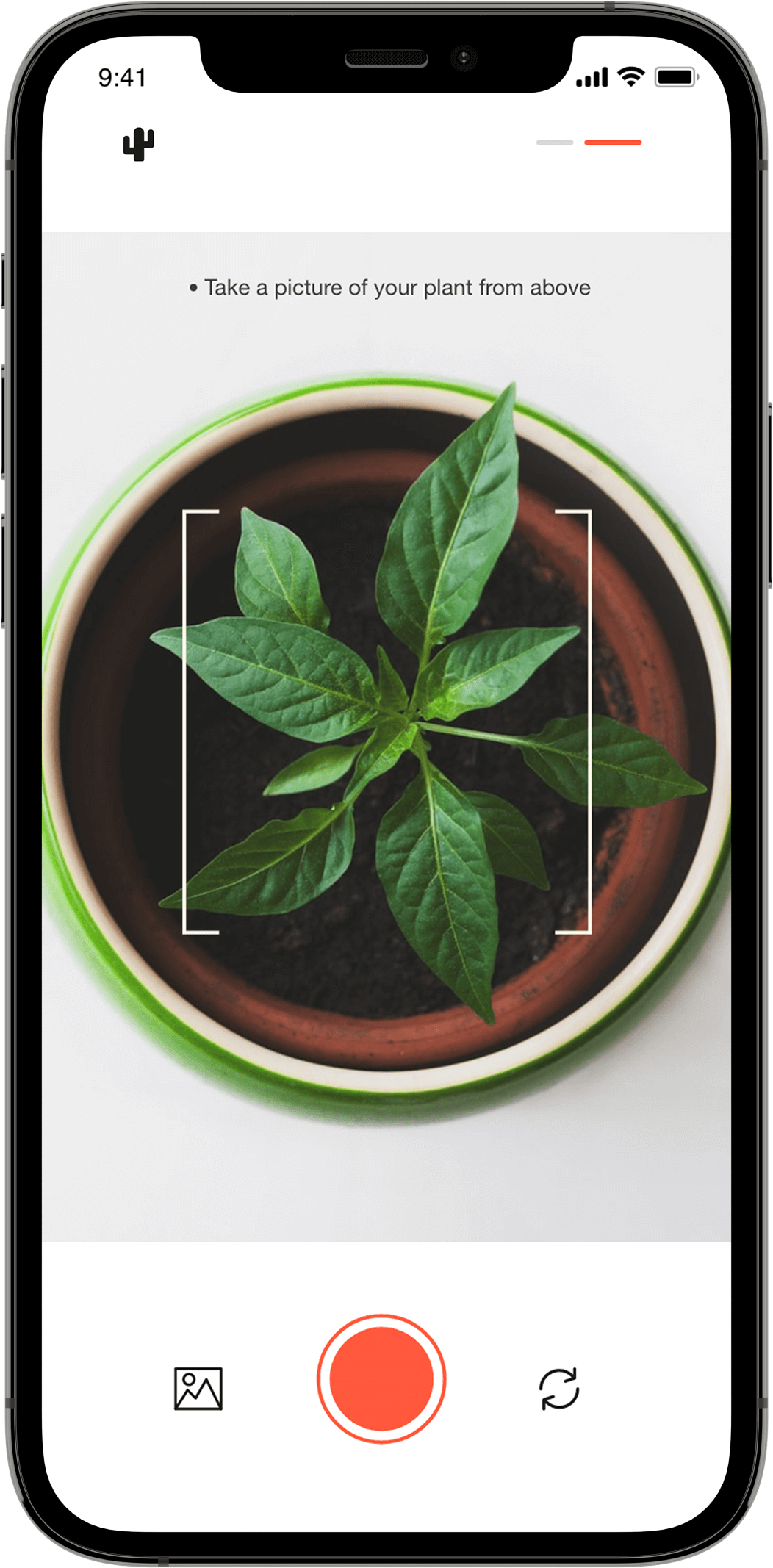
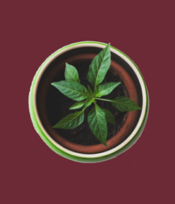
technological tools
Google Lens is a free app that uses AI to help you identify plants from photos by comparing it to visually similar images with accuracy & speed. Download the app to your mobile device from Google Play or Apple App Store.
On a PC or laptop use Google Search Image to select an image and search for it.
If there are any coders who can help with integrating this feature directly into this website please make contact.
Equipment
- this website to identify plants and mushrooms
- a walking stick
- a knife
- garden secateurs
- gloves
- weather & terrain appropriate clothing and footwear
- a bucket or basket
- drinking water
A ‘traditional’ Cypriot, stainless steel made in China knife is ideal for cutting and peeling.
The category ‘Thistles’ is huge so leather gardening or other thorn resistant gloves will help with gathering as well as speeding up peeling and preparing to eat.
A walking stick or sturdy branch makes you look like you know what you are doing. It also scares away any snakes when you whack the undergrowth. Use your stick to gently move to the side sharp and prickly plants to get to hidden plants and fungi. After the rain is ideal foraging but also slippery so your stick is essential!
A large, deep 15 litre plastic bucket such as used in catering or for emulsion paint. Some plants are bulky and thorny and require a large bucket. Others, like fungi are delicate and would get crushed in a plastic bag or backpack. A woven basket would be the traditional carrier which allows spores to drop as you walk and propagate the mushrooms.
Cover up with a hat, long sleeve top, bottom and boots to protect from the sun, biting insects and sudden thistles. Always carry water.
forageable in July
Training your eyes
Foraging involves, ‘getting your eye in’ and training your eyes to recognise plants and fungi by subtle colour, shape, scent and form differences.
Once you have trained your eyes to spot forgeable plants and fungi sometimes you still need to re-train it once out foraging. Sometimes you will be out foraging and feel like you have found nothing but then suddenly you spot an edible fungi and your eyes start spotting more and more, ‘getting your eye in’.
ground
landscape
Remember to stand up straight, stretch, widen your vision to the area near you until the horizon. Look for areas of lush green colour, look for plants that have ‘gone over’ from the previous season. Annual plants that spread their seed each year may be present in the area you are foraging and could indicate young plants of that same variety.
road-side
Use the opportunity when walking on a road to train your eyes. Many forageable plants grow by the roadside in Cyprus but you should not pick or eat them.
Tyre particle pollution, lead, cadmium, copper and zinc metal pollutants released from burning of fuel contaminate road-side plants.
The Caper plant will grow through cracks in the pavement and out of the side of buildings, it’s all good foraging even if there is nothing to eat, if you have spotted and identified it you are a forager.
field-side
Use the opportunity when walking by cultivated fields to train your eyes. Many forageable plants grow by cultivated fields in Cyprus but you should not pick or eat them.
Cultivated fields use pesticides, fungicides, fertilizers and weed killing chemical herbicide that contaminate field-side plants.
Spotting the mustard flower at the edge of a field of rape is all good foraging even if there is nothing to eat, if you have spotted and identified it you are a forager.
Equinox Solstice
- SPRING: Vernal equinox (March~21) day and night of equal length
- SUMMER: Summer solstice (June~21) longest day of the year
- AUTUMN: Autumnal equinox (September~22) day and night of equal length
- WINTER: Winter solstice (December~21) shortest day of the year
10°c at night
A consistent night temperature of 10°c or less triggers autumn and winter plants to appear.
A consistent night temperature of 10°c or more triggers spring and summer plants to appear.
The equinoxes and solstices signal shifts in temperature, weather patterns, sunlight intensity and day length that trigger many biological and ecological processes. From the spring equinox the days become longer and warmer, which prompts plants to start growing and blooming. Similarly, following the winter solstice, the days get shorter and colder, prompting many plants to go dormant or enter a phase of rest. Fungi, which are important decomposers in ecosystems, also respond to these seasonal cues.
scrumping
Scrumping, or the act of stealing fruits from someone else’s trees or farms, is unethical and illegal.
Stealing fruits from someone’s property not only goes against the law but also against the values of sustainable and responsible foraging. The farmers and landowners have nurtured the trees, invested their time, money and efforts, and have every right to the yields of their hard work.
HOWEVER, where fruit tree branches hang into a public road there is a legitimate opportunity to forage.
[mike’s sign]
Pick only what is ripe and ready to eat.
